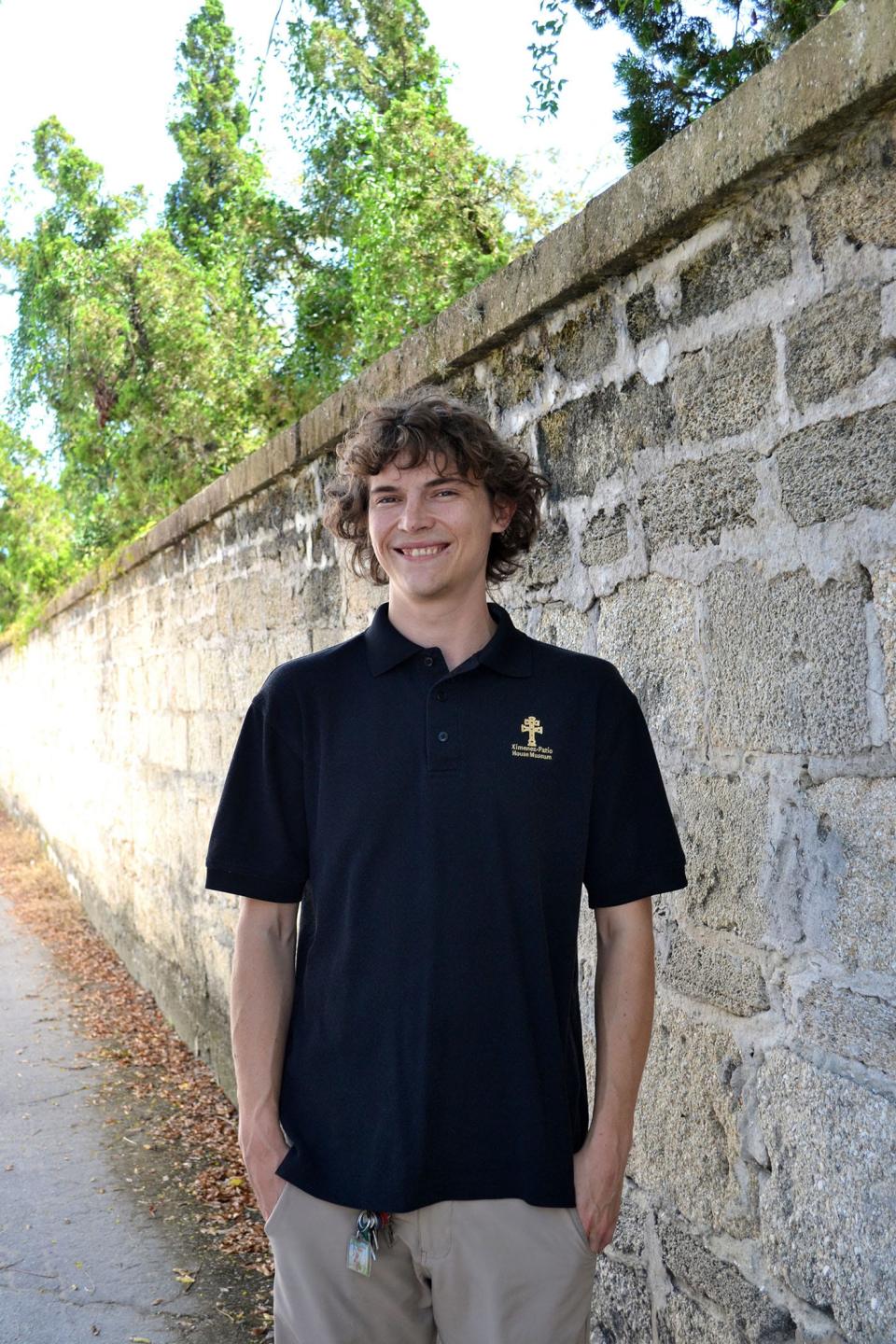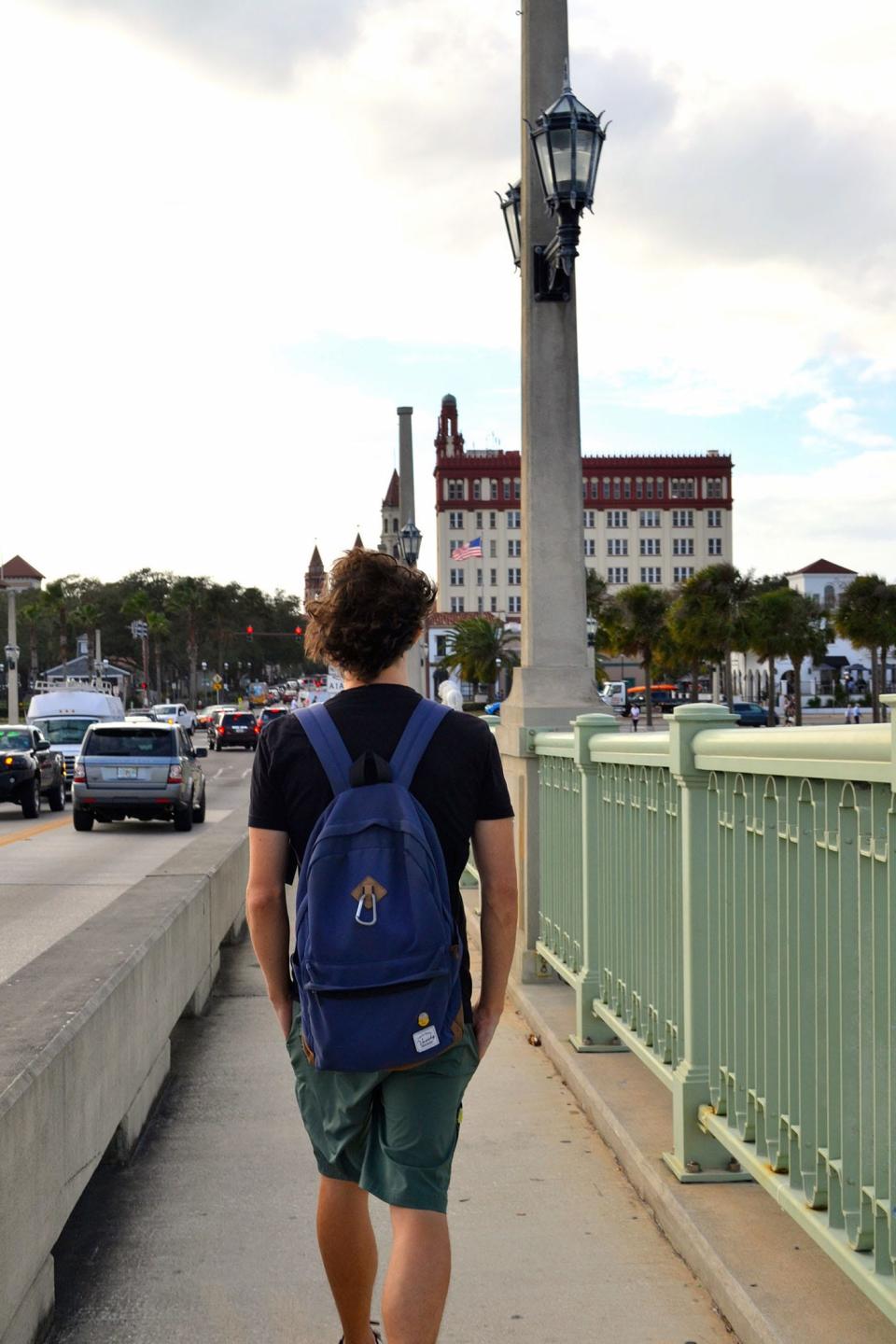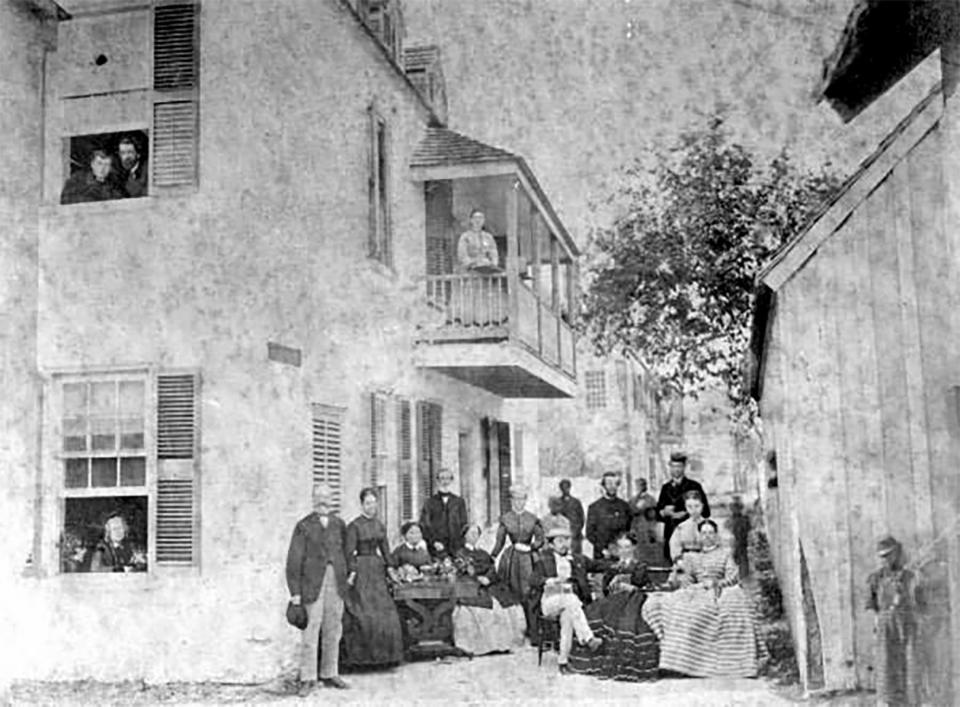Flagler College student plans Minorcan trek from New Smyrna Beach to St. Augustine
Minorcan heritage in the nation’s oldest city traces back to 1777 when a group of people, originally from the Island of Menorca, left New Smyrna on a 67-mile hike to St. Augustine.
The Minorcans were a group of indentured servants who were brought to Andrew Turnbull’s indigo plantation in New Smyrna in 1768. After nearly a decade of poor working conditions and neglected contracts, the Minorcans fled the plantation in search of a better life.
Minorcans quickly became members of St. Augustine society, becoming fishermen, carpenters, farmers and stone masons. Despite being 4,500 miles from their homeland, the Minorcan people maintained incredibly strong ties to Minorcan culture and traditions, passing them down from generation to generation through stories, food, songs and more.

Exhibit: St. Augustine's Ximenez-Fatio House Museum honors Black history
City's past: St. Augustine's most noteworthy historic homes
The Ximenez-Fatio House Museum was built in 1798 by Andres Ximenez and his wife, Juana Pellicer. Juana was the daughter of Francisco Pellicer, who was one of the three Minorcans who came up from New Smyrna to expose what Turnbull was doing and get help for their people,” explained Stefanie Kite, Operations Manager at the Ximenez-Fatio House Museum.
“After their escape, Francisco was a renowned carpenter and builder and it is likely that he had a big part in the construction of our house. Our house museum would literally not exist today without the Minorcan craftsmanship and the work the Pellicer family put into it. I can’t imagine how proud he was of his daughter starting her life as an indentured servant to owning a grand house such as this in such a short period of time. It is the original rags to riches story right here in our little town.”
Susan Parker: The Minorcan experience included Greeks who fled a war zone
2014: Minorcans freed from Turnbull Contract, July 26, 1777
Today, descendants of the original Minorcans can be found throughout St. Augustine and St. Johns County, many of which still practice old Minorcan traditions, such as fish net-making and recipes — many of which are on the menu at St. Augustine restaurants, most using the Datil pepper as an ingredient.
On Sunday, Flagler College senior Ryan Brennan, the gardener at Ximenez-Fatio House Museum, embarked on a 67-mile walk that retraces the steps of the Minorcans in 1777 as they escaped the Turnbull plantation in New Smyrna and sought refuge in St. Augustine.
How did he develop this idea?

“It was actually a combination of things that came together at the perfect time. I was doing research on the Minorcans for a class at Flagler College, and helping the Ximenez-Fatio House Museum plan a fundraiser for a group called ‘Foar From Home,’ where four veterans rowed across the Atlantic Ocean to raise money and awareness for PTSD and Veteran Suicide. Following the completion of their row, I was completely enthralled with the idea of ‘boots on the ground’ fundraising,” Brennan explained.
“I knew I wanted to do something big for my final project at Flagler College, something that also repaid our historic community and the Ximenez-Fatio House Museum for fostering my love of history and service. Then one morning while I was pulling weeds in the garden the idea came to me, ‘what if I hiked the same trail as the Minorcans?’ After a few more days of research, I began to realize that this hike could become something much larger than a long walk. The idea rapidly developed from a joke among coworkers to a full-scale fundraising event. It is my hope that with my walk we can help preserve the Ximenez-Fatio House Museum, Minorcan Heritage, and inspire a younger generation of Historians to take an iconoclastic approach to historic preservation and fundraising.”
Through research, Brennan has mapped much of the original route that the group took and will make the journey by walking during the day and camping at night. He will be vlog about his journey, and make then and now comparisons in historical articles.
Brennan will be the first to retrace the steps of the Minorcans. Much of the original trail has been developed — located on private property, or has been lost to the passage of time. Brennan, instead, has planned his hike using preexisting hiking trails, historical records, and input from the local Minorcan community to choose the most historically accurate, but safe, route.
Be will be officially announcing the route to the public soon on the Ximenez-Fatio House Museum social media accounts on Facebook and Instagram.
“As far as I can tell I will be the first to do this. Throughout my research process I have searched and searched for someone who has done it, but was unable to find anyone. That being said, it is my hope that this hike inspires others to follow in my footsteps and experience the Minorcan journey for themselves,” Brennan said.
“Further down the road I would like to see a Minorcan heritage trail developed along the First Coast, acknowledging the difficult journey made by the Minorcans and making it accessible to anyone who is interested. But that comes later, first I need to complete the hike for myself.”

Learn more at ximenezfatiohouse.org.
“Ryan has talked for quite some time about his interest in the Minorcan Heritage Trail and that there should be an event or fundraiser to bring attention to the journey the Minorcans took to leave the Turnbull Plantation and plead for help in St. Augustine,” Kite said.
“We all learn about Minorcan cultural customs like Minorcan clam chowder, datil peppers, and the art of the fishing net, but we do not always learn about why and how they ended up here in St. Augustine. Ryan comes from a long line of fundraising professionals and always has fantastic ideas, but we were still surprised and delighted he chose the museum to be the benefactor of his fundraiser!”
The Ximenez-Fatio House Museum is at 20 Aviles St., the oldest street in America — on maps since the late 1560s. The museum is open from 10 a.m. to 5 p.m. Monday through Saturday, with guided and audio tours available. Special events include a Holiday Market on Friday, Dec. 2 from 5-8 p.m. during St. Augustine’s First Friday Art Walk, and Candlelight Holiday Tours of the historic house on Dec. 16-17. Learn more at ximenezfatiohouse.org.
This article originally appeared on St. Augustine Record: Flagler student hiking Minorcan path New Smyrna Beach to St. Augustine

